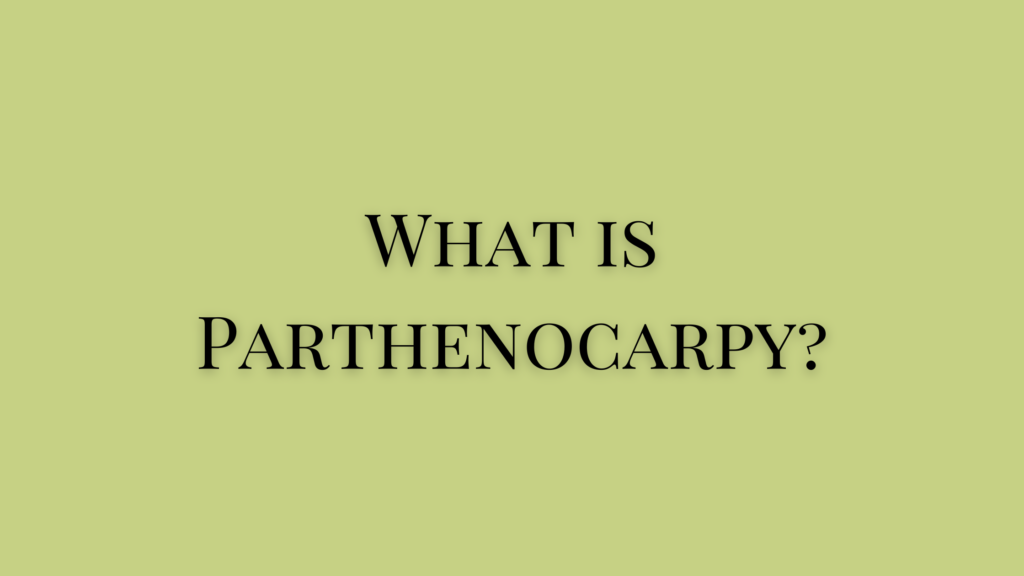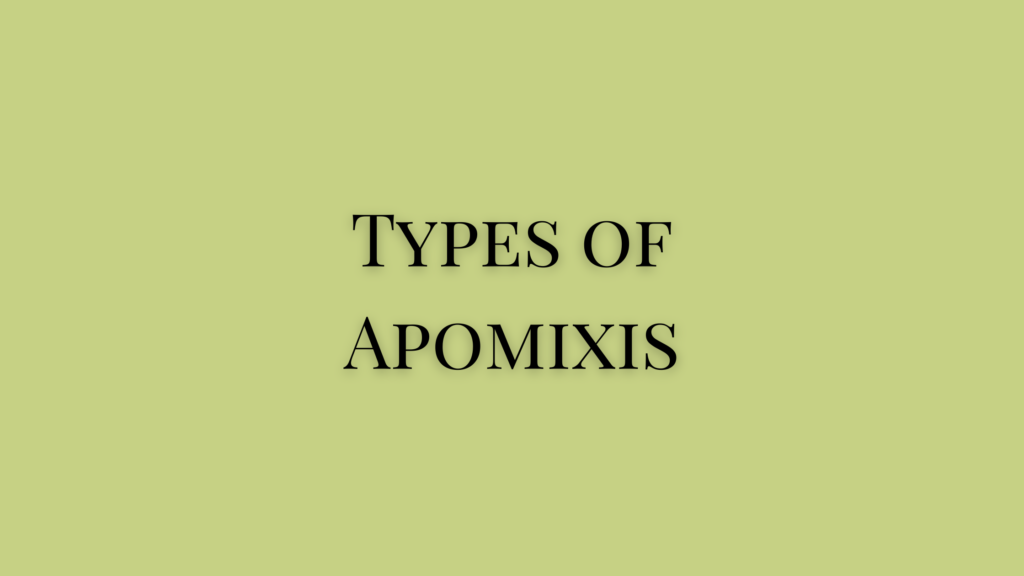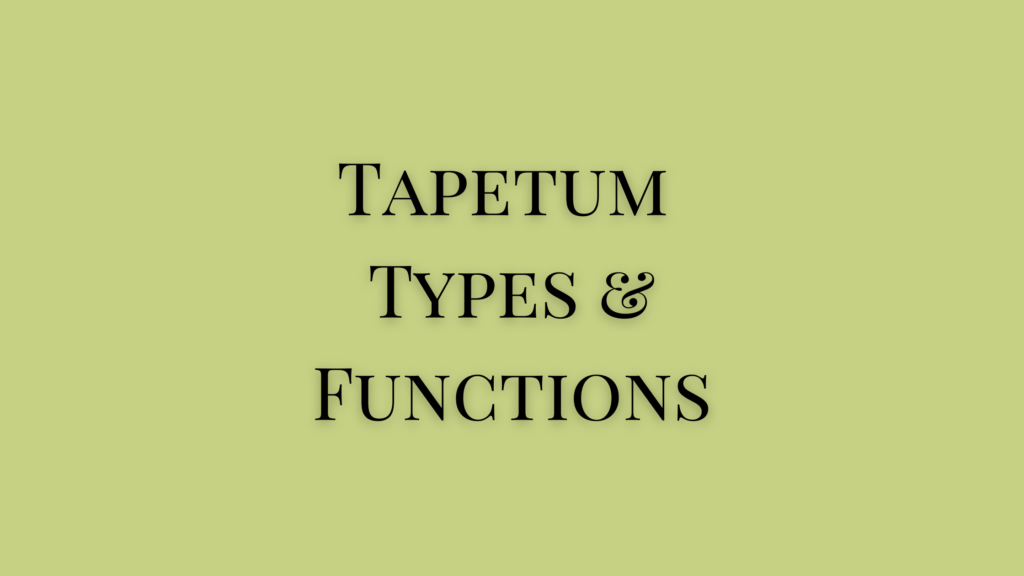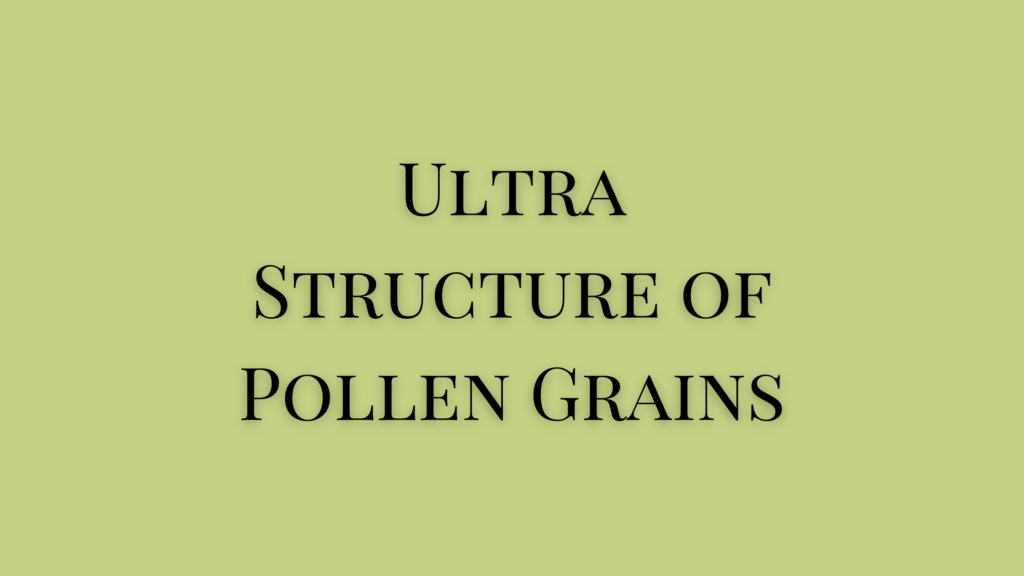The wall of a mature anther or microsporangium is multilayered. The outermost layer of the anther wall is called endothecium.
Characteristics of Endothecium
- Endothecium is a single layer of cells seen just below the epidermis of anther.
- These cells are larger than the epidermal cells.
- Cells that form the endothecium are radially elongated, have dense cytoplasm, are uninucleated, and are vacuolated.
- In the longitudinal section, the endothecium walls show ledge-shaped thickenings.
- Their inner tangential walls have fibrous thickening.
- These thickenings are due to cellulose or lignin.
- Thickening occurs during the anther differentiation stage and by the actions of auxins and jasmonic acid.
- Endothecium cells are developed when the anther is ready for dehiscence.
- Endothecium cells between the microsporangia will have no fibrous thickening.
- The region of such thin-walled endothecium cells is called stomium.
- The cells of endothecium are so densely packed that sometimes, they become indistinguishable from one another, even under the microscope.
Function of Endothecium
Endothecium cells are secretory that secret certain physiological compounds. These compounds affect the activities of other cells. In the anther, secretions from endothecium help in its dehiscence.
Under normal circumstances, the anther opens through longitudinal slits. During pollen dehiscence, this lack of thickening helps them be flexible and easily break due to the pressure from the thickened walls.
Stomium facilitates dehiscence through hygroscopic movements and differential expansion of these cells. As mentioned, endothecium is formed at the time of dehiscence. When the tangential walls are thickened, the microsporangia loses the middle layer and tapetum. This connects the endothecium in direct contact to the atmosphere.
When the cells of stomium lose water, the thinner walls stretch to a greater extent, due to the uneven thickness. The stretching causes tension that leads to the splitting of the anther. This releases the pollen grains into the atmosphere.
Exceptions to Endothecium
While this is common for almost all plants, there are some exceptions.
- Johri in 1950 discovered that many members of the family Hydrocharitaceae lack endothecium.
- The nonopening cleistogamous flowers are devoid of fibrous thickening of the endothecium.
- Plants that open their anthers via apical pores do not have endothecium. Here, the dissolution of apical cells facilitates the opening of anthers.
- In Sesamus and Musa, endothecium is absent and their epidermal cells have cutinization.
References
- Sukumaran O R. Pre-Degree Botany. Murali Publications.
- Abraham P C. Anatomy, Embryology & Microtechnique. 1999. St. Mary’s Books & Publications.
- Structure of Anther Epidermis and Endothecium, Production of Pollen, and Content of Selected Nutrients in Pollen Grains from Six Rubus idaeus L. Cultivars




